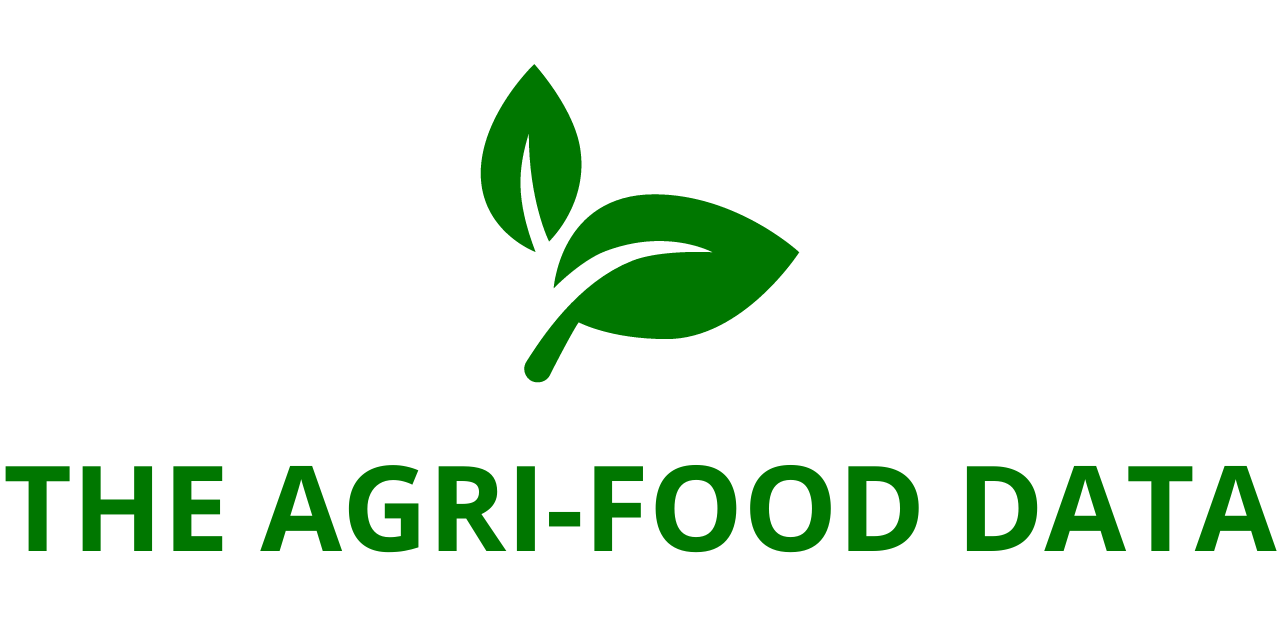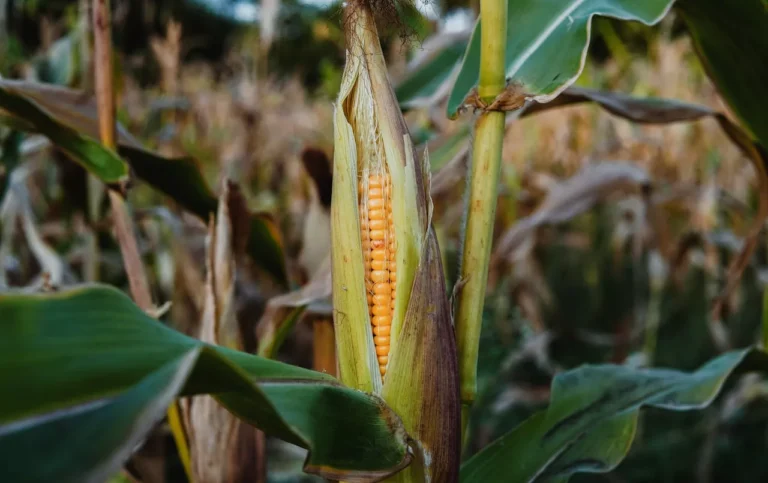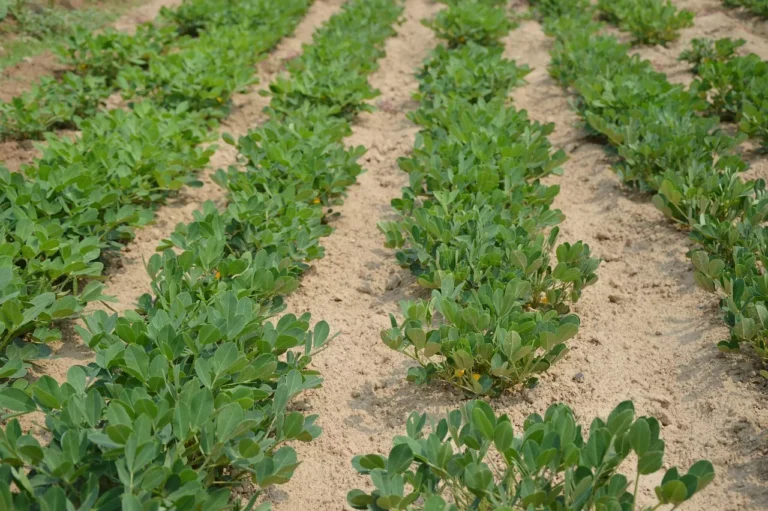
Regenerative agriculture is fast becoming a crucial pillar in the global response to environmental degradation and climate change. More than just a trend, it offers a science-based, results-driven approach to rebuilding soil health, conserving water, and enhancing biodiversity—all essential for a secure and sustainable food future. At Unilever, we’ve made regenerative agriculture a strategic priority for our food business, recognizing its critical role in supporting both planetary health and long-term business resilience.
As one of the world’s leading consumer goods companies, Unilever understands that the sustainability of our supply chains directly impacts the stability of our operations. That’s why we’ve committed to implementing regenerative agriculture practices across 1 million hectares of agricultural land by 2030—a goal rooted in environmental necessity and business foresight.
From Ambition to Action: Our Progress So Far
By the end of 2024, we had introduced regenerative practices across 130,000 hectares of farmland globally. This work spans across three continents—Europe, Asia, and the Americas—and focuses on crops that dominate our agricultural footprint, including soybeans, rapeseed, vegetables, garlic, and rice.
Our Foods business, which includes globally recognized brands such as Hellmann’s and Knorr, aims to scale these practices across 650,000 hectares by 2027. This will represent approximately 50% of the total land footprint of our food supply chain—a substantial transformation driven by the urgent need to mitigate climate risk and safeguard agricultural ecosystems.
In 2024 alone, our Foods business generated a turnover of €13.4 billion. Maintaining and growing this value requires sustainable sourcing and resilient farming systems that can withstand the pressures of extreme weather, water scarcity, and biodiversity loss. We view regenerative agriculture as essential to meeting this challenge.
Why Regenerative Agriculture Matters Now More Than Ever
The worsening effects of climate change are already disrupting global food systems. Severe droughts, flooding, and shifting weather patterns are lowering crop yields, threatening farmer livelihoods, and pushing up food prices worldwide. We’ve seen these challenges firsthand: tomato crops in Spain, for example, have suffered consecutive years of drought. Yet, through collaboration with local farmers and suppliers, we’ve improved water management strategies in affected regions, demonstrating that regenerative agriculture can offer practical, scalable solutions.
Changing the way our ingredients are grown enhances the entire system’s resilience. Practices like soil enrichment, water conservation, and biodiversity preservation contribute to healthier ecosystems, more stable yields, and more predictable supply chains. These aren’t abstract ideals—they’re concrete benefits for everyone from farmers to consumers.
Scaling Up: Focus on High-Impact Crops
To achieve our 2030 target, we are prioritizing crops with the largest land footprint in our supply chain. For Hellmann’s, this means focusing on oil crops like soybean and rapeseed. For Knorr, it includes vegetables and rice—staples that are often produced in water-stressed or ecologically sensitive regions.
“We have a lot of ground to cover to reach our goal,” says Erin Hermsen, Sustainability Manager for Business Operations at Unilever. “That’s why we’re focusing on fewer but larger projects that are positioned to deliver greater impact. We’re working with partners who share our values and commitment to nature and climate, accelerating progress through strategic collaboration.”
By the close of 2024, we had launched 23 active regenerative agriculture projects spanning 130,000 hectares. We plan to expand that coverage to more than 200,000 hectares in 2025 alone, with further growth accelerating through 2027 and beyond.

Partnership at the Heart of Progress
Collaboration with local stakeholders is key to making regenerative agriculture work on the ground. Every project begins with a comprehensive environmental context analysis carried out by expert partners. These experts work closely with farmers and suppliers to develop site-specific, data-informed approaches tailored to the unique challenges and opportunities of each region.
One of our key partners, Pur, plays a critical role in executing these efforts. In France, for example, Pur connected us with Ardo, a company using regenerative techniques to grow peas for Knorr. Together, we implemented practices like crop rotation and flower strip planting, which boost soil health and improve biodiversity in surrounding areas.
In China, Pur is helping us support garlic farmers in designing fertilization strategies that reduce synthetic inputs and improve organic matter in the soil. This not only benefits the environment but also strengthens long-term farm productivity.
“What you want is a business case for impact,” explains Anne-Sophie, a representative from Pur. “Scaling regenerative agriculture means being economically and operationally efficient. You have to make the transition easy and accessible. The good news is that there is a clear return on investment for farmers—soil is one of their most important forms of capital.”
Financial Support for Farmer Transition
Transitioning to regenerative agriculture isn’t without challenges, particularly for farmers operating on thin margins. That’s why Unilever is investing in financial support to help mitigate the risk and upfront costs farmers face. This includes co-investing in equipment, training, and infrastructure upgrades, allowing farmers to trial regenerative practices before fully adopting them.
By reducing financial uncertainty and encouraging experimentation, we’re making the transition more attainable and less risky. Once farmers see firsthand the improvements in soil quality, yields, and input efficiency, many choose to expand regenerative methods across their entire operations.
This kind of tangible support is essential if we are to achieve scale. It not only demonstrates our commitment to regenerative agriculture but also helps build long-term trust with farming communities worldwide.
A Path Forward: Regenerating Agriculture, Rebuilding Ecosystems
As the global food system faces increasing stress, regenerative agriculture presents a hopeful path forward. It allows us to address multiple crises—soil degradation, biodiversity loss, water scarcity, and climate change—through integrated, nature-based solutions.
For Unilever, this isn’t a standalone initiative; it’s a fundamental shift in how we operate. Through science-based practices, strong partnerships, and strategic investment, we are helping to shape a food system that works in harmony with nature—not against it.
We’re proud of the progress we’ve made so far. But we also recognize there’s much more to do. By 2030, our aim is to transform 1 million hectares of farmland, improving livelihoods, protecting ecosystems, and securing a sustainable food future for generations to come.





